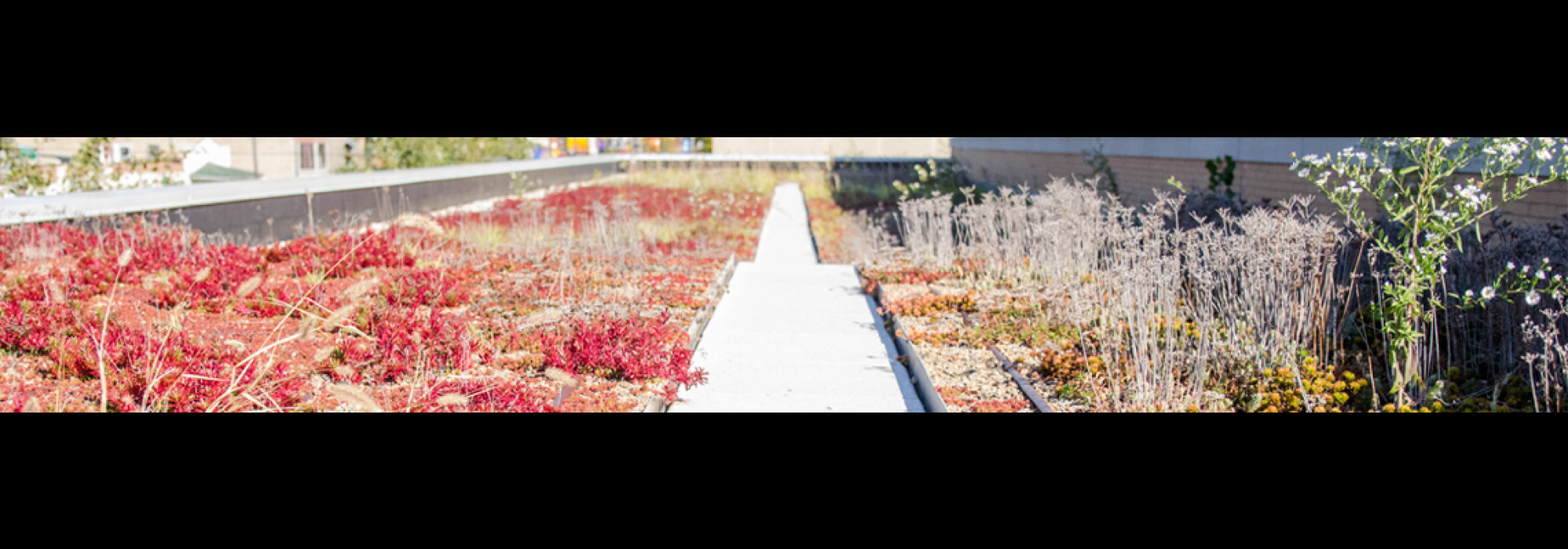
Can pedestals be installed directly over the protection sheet?
Yes, pedestals used to install concrete pavers or wood tiles may be placed directly on the surface pf the Hydroflex or Hydrocap protection materials.
What is the VOC content of MM6125?
MM6125 contains no Volatile Organic Compunds (VOCs).
Can MM6125-FR be applied on plywood, cement or gypsum boards?
Yes, MM6125-FR membrane may be applied to plywood, cement board or gypsum board substrates.
How long can the MM6125 membrane be left exposed to UV?
MM6125 should never be left exposed.
How long can the protection sheet over the MM6125 membrane be left exposed to UV?
Hydroflex 30 protection sheet should be covered with subsequent overburden within 30 days of installation. Hydrocap 90 may be left exposed up to 6 months and Hydrocap 160 may be left exposed indefinitely.
What is the application temperature of MM6125?
MM6125 should be heated and melted in a rubberized asphalt melter (not a typical asphalt kettle) to an application temperature of between 356 and 375 degrees F (180 - 190 degrees C).
What is the cure time for the MM6125 membrane?
Technically, MM6125 does not have a "cure" time. As a hot applied material, the membrane simply cools.
What is the thickness of MM6125-FR?
MM6125-FR membrane is applied to a minimum thickness of 215 mils (approx 7/32", 5.5 mm). The total thickness is composed of an initial 90 mil thick coat of MM6125, into which is embedded a layer of spunbonded polyester, followed by a top coat of MM6125 at 125 mils thickness.
Does Hydrotech have an FM approved assembly?
Yes, Hydrotech maintains FM Approval as a Class 1 Roof Cover for MM6125-FR. In such cases, the protection sheet must be Hydrocap 90 FR.
Can MM6125-FR be submerged in water?
Yes, MM6125 is a monolithically applied material that has no seams, the membrane can be in fully submerged conditions indefinitely and be fully guaranteed for watertightness.


